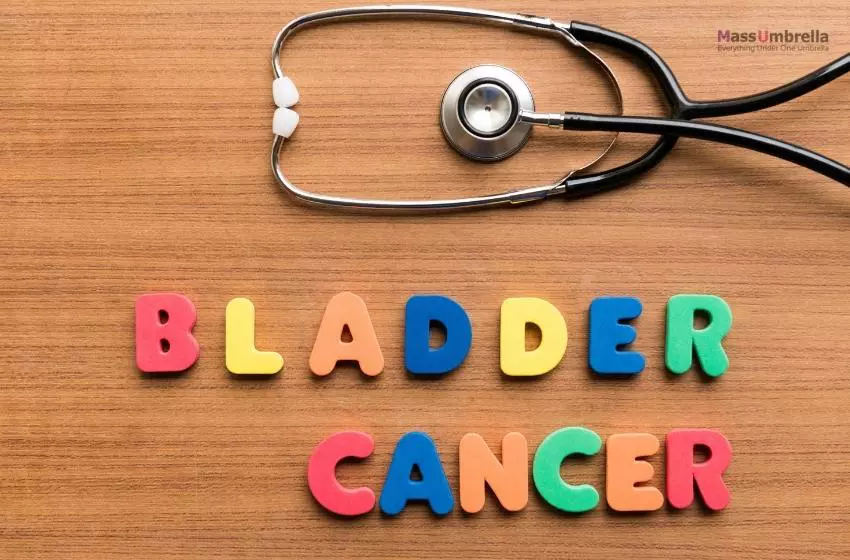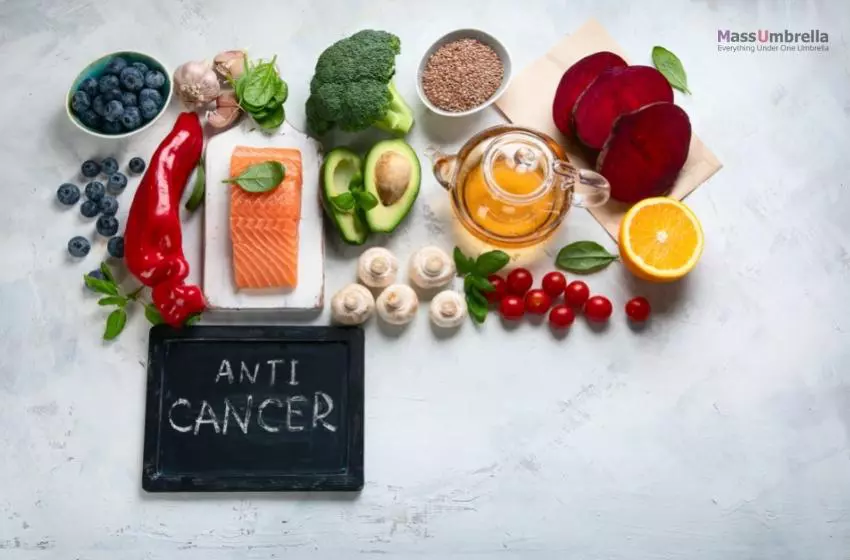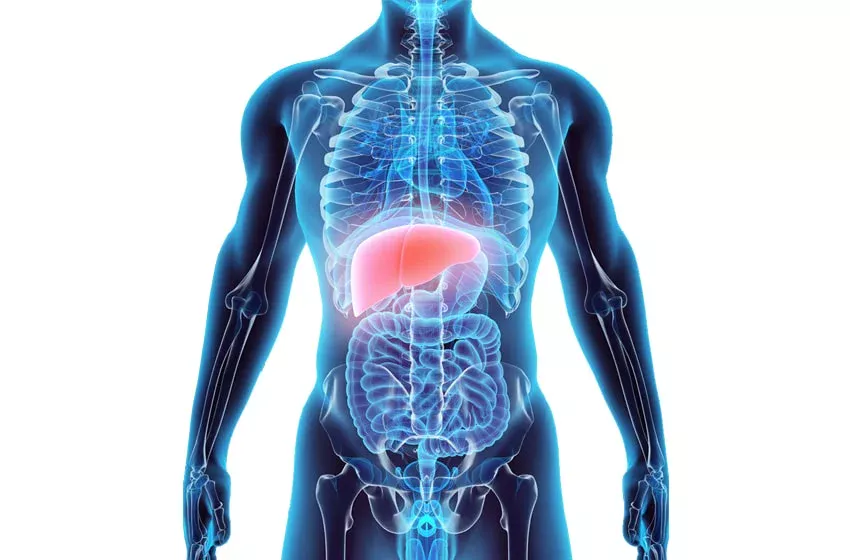
Is it true or not that you are in danger of bladder cancer? One immediate lifestyle change you should implement
This article is for enlightening purposes only and is definitely not a substitute for proficient clinical exhortation, finding, or treatment. Contact a certified clinical expert prior to taking part in any actual work or rolling out any improvements to your eating regimen, prescription, or way of life.
Bladder cancer is frequently referred to as the “forgotten cancer,” but it shouldn’t be.The disease is the fifth most common cancer in Canada and one of the most frequently studied in men.
As indicated by the Canadian Cancer Society, it’s estimated that in 2022, 13,300 Canadians will be determined to have bladder cancer, 2,500 of whom will bite the dust from the sickness.
Since the early notice indications of bladder cancer are frequently confused with other ailments like urinary tract and kidney contamination, early recognition may not be as obvious as different infections. What are the signs and side effects of bladder cancer, and what are its risk factors?
What is bladder cancer?
Bladder cancer starts when previously sound cells in the bladder begin to develop unusually and increase. The vast majority of bladder cancer cases occur in the organ’s inner covering and are referred to as urothelial carcinoma or temporary cell carcinoma.
Whenever the illness is created in the bladder coating, it’s alluded to as “shallow bladder cancer.” On the other hand, when the cancer has spread through the coating and attacks the muscle divider or spreads to local organs and lymph hubs, it’s called intrusive bladder cancer.
Nine out of ten bladder cancer cases in Canada are studied in people aged 50 and up.Bladder cancer is the fourth most regularly analysed cancer among men and the tenth most commonly analysed cancer among women.
While it’s a less popular cancer, you might recall a few big names whom the illness has affected. Forthcoming Sinatra was determined to have bladder cancer in his last years (he eventually died from cardiovascular failure). NBA star Maurice Lucas went through a medical procedure for bladder cancer and later passed on from the illness at age 58, and Grateful Dead bassist Phil Lesh went through therapy for his analysis in 2015.

What are the warning signs and side effects of bladder cancer?
In Canada, assuming that you’re of a specific age or population group, screening tests are available for breast, cervical, and colorectal cancer. Nonetheless, bladder cancer is an alternate story.
Starting today, there are no early screening tests available for bladder cancer. Accordingly, a great many people are analyzed subsequent to detailing side effects, most ordinarily, blood in the pee.
As indicated by Dr. Girish Kulkarni, a urologic specialist in the Department of Surgical Oncology at the Princess Margaret Cancer Center, blood in the pee ought to never be disregarded, regardless of whether it’s a one-time event.
Notwithstanding blood in the pee, signs or side effects of bladder cancer might include:
Agony or consumption while peeing
Regular and critical urination
Wanting to pee but not being able to
experiencing side effects despite no indications of disease
Kulkarni explains that notwithstanding blood, agony ought to never be overlooked, as it might demonstrate a further developed phase of bladder cancer.
Who is in danger of bladder cancer?
Bladder cancer can affect anyone; however, certain populations are significantly more vulnerable than others.
Unlike cancers associated with the alleged “cancer quality” (acquired quality transformations), the risk of developing bladder cancer is typically lifestyle related.
As per Kulkarni, smoking is the “No. 1 risk factor related to bladder cancer.”
Furthermore, word-related openings to explicit synthetics are frequently attached to analysis, remembering those found for hair colors, paints, fungicides, tobacco smoke, plastics, metals, and engine vehicle fumes.
As a result of its gambit factors, bladder cancer will in general lopsidedly influence populations of “lower financial status,” says Kulkarni. Consider individuals working with synthetics: painters, assembly line laborers, and beauticians. Those are the people who are most in danger.
One of the speculations that makes sense of why men are analysed at higher rates than women is the way of life factors referenced.
“By and large, men were the smokers, and men were the ones working with synthetic substances,” Kulkarni says.
They failed to remember cancer.
Regardless of being the fifth-most prevalent cancer in Canada, Kulkarni says bladder cancer is one of the most unsubsidized.
















